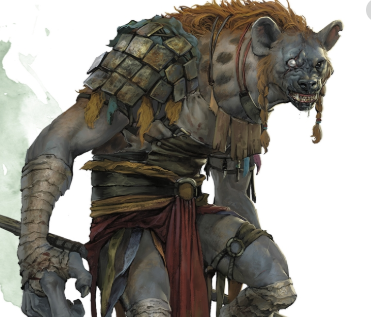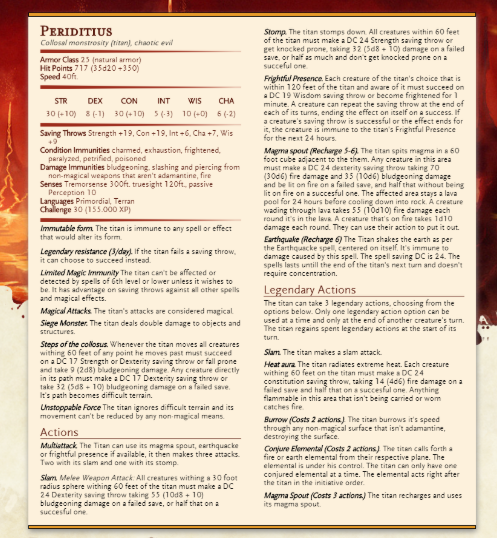Sylvan is commonly viewed as the language of nature, as its audio speakers are often natured spirits and creatures. The language itself is fairly old and has changed really little throughout the ages. It streams easily, similarly to elven; in fact, numerous linguists believe that the elven language is derived from sylvan. It uses the elven manuscript, the language is barely ever before written.
Check also:All D&D Languages
In dungeons & dragons 5e languages we have the sylvan language 5e and also the information and likewise, some other inquiries have actually been pointed out listed below, so read it currently. Typically, sylvan was the language of fay. The Espruar alphabet has actually been used to compose this language.
Sylvan 5e
The Thorn Hag, an ancient bad thought vanquished by the Elf Queen as well as her brave friends many years earlier and has actually developed from the dead. A fey harp, developed from the heart of the treant that died in the battle and has actually gone missing out on Satyrs’ Glen, and also the Thorn Hag seems to be behind it. The PCs must track the missing harp with a deformed as well as creepy timber and into an Unseelie location of the Feywild to quit the Thorn Hag wreaking revenge upon the Elf Queen prior to its too late – the clock is ticking.
- Typical Speakers: Fey, sentient Plants
- Alphabet: Elven
- Availability: Obscure
- Usage: Racial
- Script: Espruar
- Spoken by: Fey
The Sylvan Harp is a D&D 5e experience for 4-5 PCs of the 1st rate (Levels 1-4). The experience has actually been created with appropriate choices to ruin the experience for 1st, 2nd, 3rd or 4th-level characters and including the advice for adapting animal numbers and/or powers to suit the level of your celebration.
- Common Language: A B C D E F G H I J K L M N O P Q R S T U V W X Y Z
- Sylvan Language: A b c d e f g h I j k l m n o p q r s t u v w x y z
The journey consists of nine new creatures: satyr bard, ash guardian, light guardian, treant spirit, pixie rot zombie, green dragon skeleton, thorn hag, and thorn hag’s hut. It likewise includes 2 new wonderful items: an effective enchanting harp with a dark concealed trick and a crystal ball of clairvoyance. It also consists of a player handout of the rhyming riddle of the fey, and maps of the location, and also a darkling burial place. It requires Volo’s Guide to Monsters.
Attributes of Sylvan
If you are looking for the attributes of Sylvan then you are at the exactly correct place. Here we have listed some of the attributes of Sylvan. You just need to go through the below-mentioned list of the attributes of Sylvan.
- Script: Elvish
- Type: Language
- Typical Speakers: Fey creatures
Conclusion
In this specific article we have actually mentioned some details and also sylvan attributes which is helpful to discover the sylvan language script from the English language to sylvan language. If you have any type of queries regarding the 5e languages known or ay various other d & d languages you can ask us with the below comment area. We have tried our best to give you all the detailed information about the Sylvan 5e. If you want us to update more information then do let us know.


